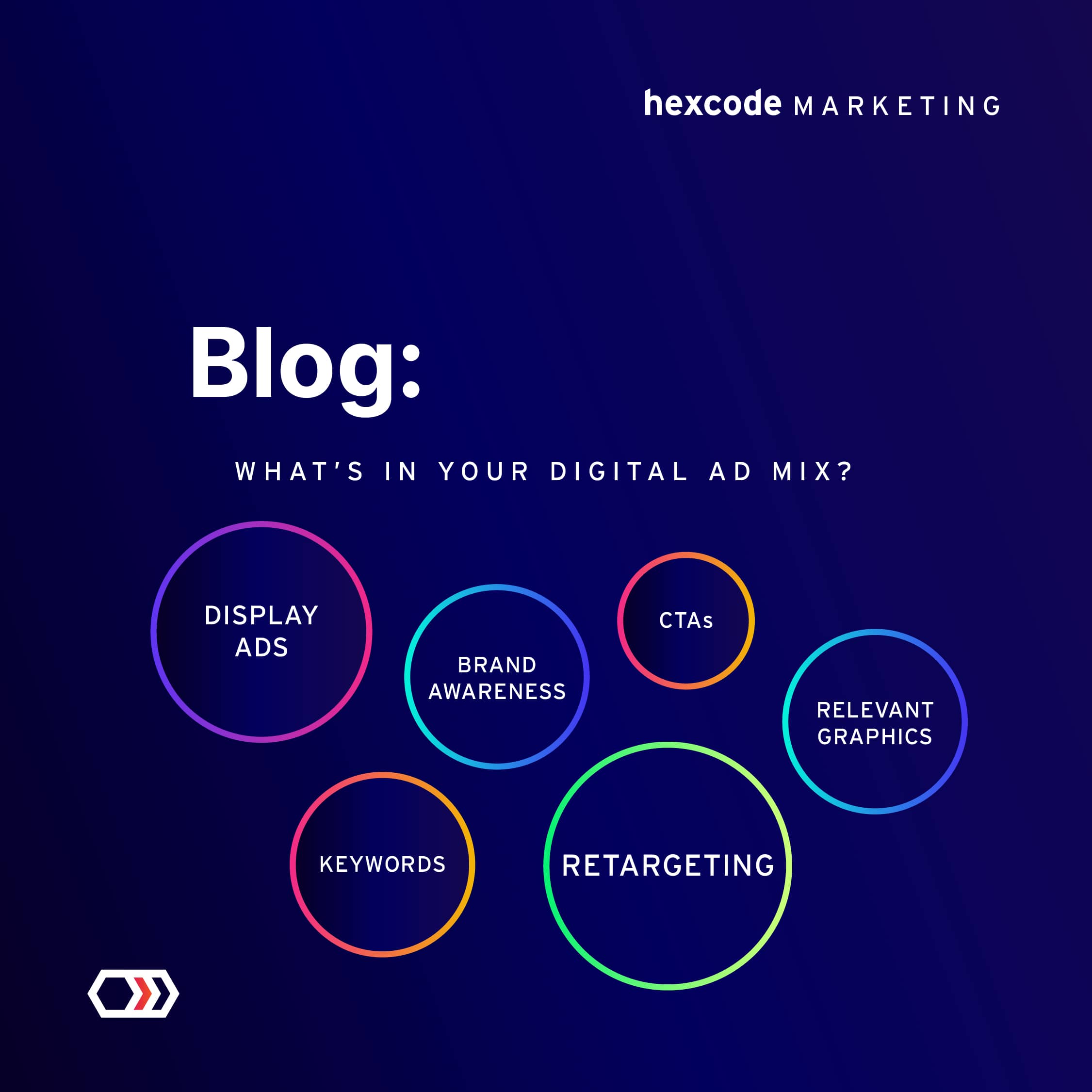You’re ready to run digital ads. You have your ad account all set and ready to go, you know what product or service you’re going to advertise, and you have your graphics created. Now you just throw it all into Google ads or Meta and hope for the best right? Well, not quite. Just because you run digital ads doesn’t mean you don’t have to be strategic about what, where, and when you’re running your ads, but you also have to remember ads aren’t always about getting a sale right away. Sometimes your ads are about brand recognition and awareness. Let’s look at digital ads and some best practices.
First things first. You need to know your niche, and who exactly you want to see your ad. If you sell scuba diving equipment and you have your ad set to target people living in Alaska, you won’t see the results you would if your ad was targeting people in Hawaii. You also want to look at your customer’s habits. With digital ads, you can narrow down your target market to people with specific interests, habits, lifestyles, and milestones. Maybe you are selling toys for toddlers that are sustainable. You would target parents who are nature enthusiasts or have purchased other sustainable products in the past. Knowing your target audience is one piece of your digital advertising puzzle, but it’s not the only piece. You also need to focus on keywords and what types of ads you want to run.
Your keywords are key (pun intended) to a successful ad campaign. You don’t want to have an overabundance of keywords, especially keywords that don’t make sense for your brand. When you enter keywords into a Google ad, Google will account for plurals and misspellings most of the time. Which means you don’t have to include “shoe” and “shoes” in your keywords. You also have to think about if you need to use broad match, phrase match, or exact match for your keywords. A broad match will show your ad on searches that relate to your keywords, a “phrase match” will show your ad on searches that include the meaning of your keywords, and [exact match] will show your ad on searches that are the same meaning as your keywords. You don’t want to use each match type with each keyword, so you need to think about if you want your ad to show up on a wider variety of searches, or if you want to narrow down who sees your ad. This also helps with not repeating keywords. Keep in mind that you bid on each keyword, so the higher quality the keywords the better your ad will perform.
There are also a variety of ad types that you can run based on what you want the user to see. Display ads show up all over the network. Think of a display ad as a billboard. It helps with brand recognition and identity. This will help your brand become recognizable to them so when they are looking for your product or service they remember you. Search ads are going to show to people farther down your funnel. They are actively searching for your product or service, and are more likely to interact with your ad by contacting you or purchasing from you. So you have a display ad going to help people remember you, then when they need your product or service and search for you they see your search ad, remember you and purchase. Although you can run separate ads, running ads that compliment each other and help drive traffic to your website or store is best.
This is just the tip of the iceberg when it comes to digital ads. There’s retargeting ads, A/B testing, using the right call-to-actions, graphics, and so much more. Putting out an ad doesn’t mean you’re going to bring in ten times the sales right away. But, it does mean you will continue to build your brand authenticity and loyalty to your current customers. If you need help with your digital advertising contact us today. We’re ready to take your ads to the next level.














